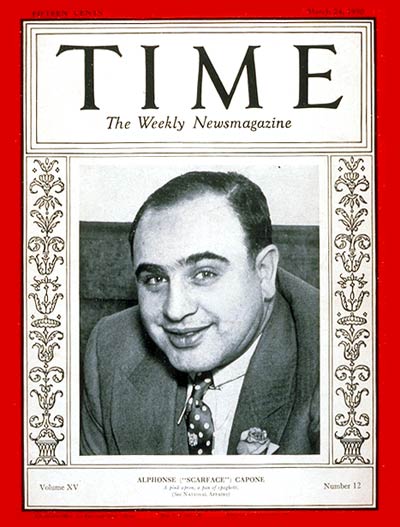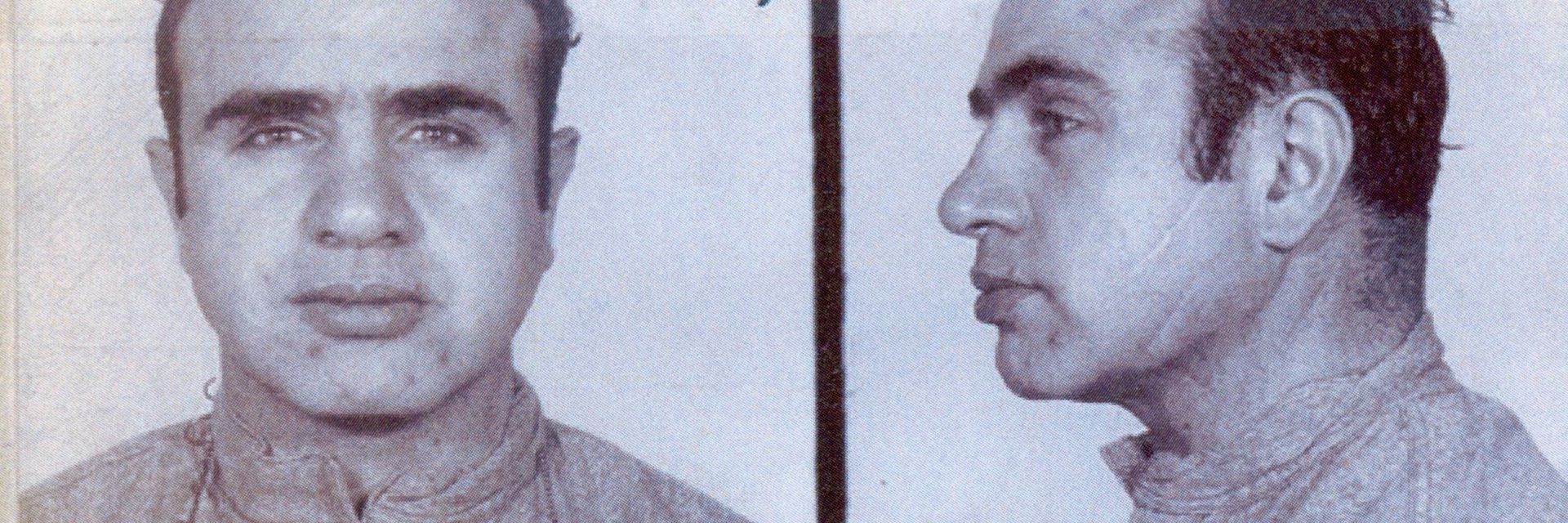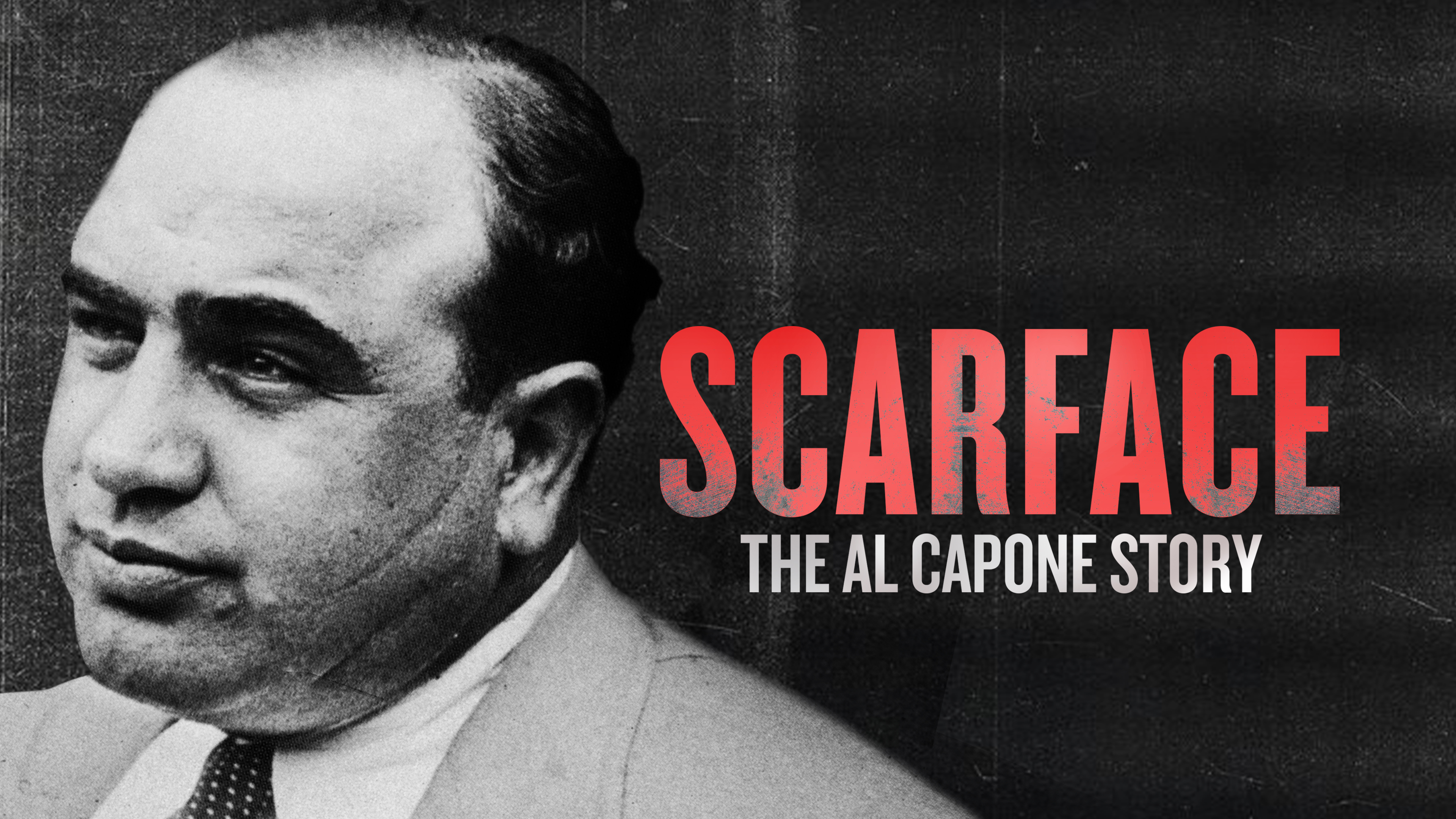Al “Scarface” Capone reached the heights of American notoriety. Eventually, the law caught up with him, and he ended his days in sordid disgrace.
◊
America’s “Roaring Twenties” have a reputation as an era of high times and fast living, yet these were also the years when Prohibition was the law of the land. Alongside that experiment in enforced sobriety, organized crime was ascendant, and the biggest name in American mob crime was Al Capone. Known also as Scarface due to a childhood street fight, Capone came to prominence as the Chicago Crime Commission’s “Public Enemy No. 1” during that decade.
Having muscled his way into running the Chicago Mob in the early 1920s, Capone was remarkably deft at escaping the grips of law enforcement. This was despite being widely seen as responsible for some of the most violent crimes to hit the U.S. during Prohibition.
Learn more about the life and benighted career of Alphonse “Al” Capone in this hard-hitting documentary.
Crime Wave: Wrongdoing the Feds Couldn’t Pin on Capone
Al Capone was never successfully prosecuted for murder, mayhem, or other criminal activities. Rather, he was convicted and put away in 1931 for not paying federal income taxes on his ill-gotten gains. Here are three of the biggest, most violent crimes associated with Capone that he “got away with.”
1924–26: Gang War
In Chicago, Capone became embroiled in a violent conflict with the North Side Gang, led by Dion O’Banion. This war involved multiple murders, including the assassination of O’Banion in his flower shop on November 10, 1924. The war also led to the attempted assassination of Capone in 1925.
1928: Murder of Frankie Yale
On July 1, 1928, Frankie Yale, a former associate of Capone and a Brooklyn crime boss, was gunned down in New York. Yale’s murder was one of the first known uses of a Thompson submachine gun (“Tommy gun”) in a gangland killing. Capone was believed to have ordered the hit after a falling out with Yale.

Al Capone on the cover of Time Magazine, March 24, 1930 (Source: Time Magazine, via Wikimedia Commons)
1929: St. Valentine’s Day Massacre
The St. Valentine’s Day Massacre, on February 14, 1929, was perhaps the most infamous crime associated with Capone. This is the one that got turned into scores of articles, books, and even movies. Seven members of the North Side Gang were lined up against a wall and shot by men dressed as police officers. Although Capone was in Florida at the time, he was widely believed to have orchestrated the massacre to eliminate his rivals. The massacre shocked the nation and cemented Capone’s reputation for brutality.
Capone’s Decline and Death
After his conviction for tax evasion, Capone was incarcerated at Alcatraz, where his influence rapidly declined, as did his health, due to advanced syphilis. He was eventually released from prison in 1939 and lived quietly in Miami Beach, Florida, until his death in 1947.
Often portrayed as the quintessential gangster, Capone’s story was romanticized and dramatized through the 20th century. But his story actually represents the dark side of the American Dream, where ambition meets success, but through illicit means. Despite his nationwide notoriety, the law caught up with him, and his life ended in ignominy.
Ω
Kevin Martin is Senior Writer and Associate Editor for MagellanTV. A journalist and communications specialist for many years, he writes on various topics, including Art and Culture, Current History, and Space and Astronomy. He is the co-editor of My Body Is Paper: Stories and Poems by Gil Cuadros (City Lights) and resides in Glendale, California.
Title Image: Al Capone’s 1939 mugshot (Source: U.S. Federal prison officials, via Wikimedia Commons)


